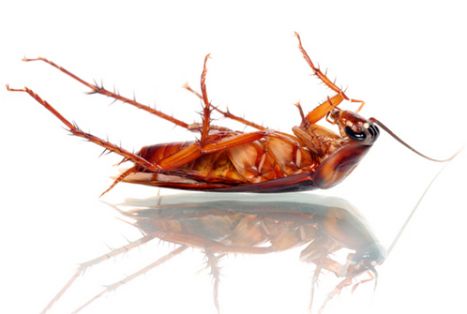
If you have ever tried to kill a large bug or insect with a spray, you know that the bug isn’t really dead until it is on its back and not twitching its tiny little legs at all. Most humans, it is a little harder to understand why bugs would only die turned upside down. After all, bees and worms and other kind of household insects do not lie upside down when they die, now do they? So why do insects like cockroaches, beetles etc. lie on their back when they are dying or dead?
Well, the answer to that question really is twofold. You see the insects that we generally call “bugs” are ones that have exoskeleton, i.e. a protective shell-like covering, on them. This shell protects them from the elements and predators. This system is intricately linked to the blood circulation system of the creatures as well as their primitive muscular systems that aren’t as strong as the muscles of more developed creatures higher up in the food chain.
However, the exoskeleton, the primitive muscular system and the blood circulation system acts as a set of hydraulics that provide a bug with the ability to carry its weight and crawls over near vertical surfaces with ease. While the exoskeleton provides the bugs with the ability to maximize their strength, it unfortunately also proves to be too heavy to carry when a bug has been weakened by poisoning or due to aging/malnourishment. When a bug is about to die, the leg on one of its sides fail first causing the bug to topple. A healthy bug would easily wiggle his legs and try to flip to the right side up. A dying bug, however, would not have the strength to do so and would thus continue to lie on its back till it dies.